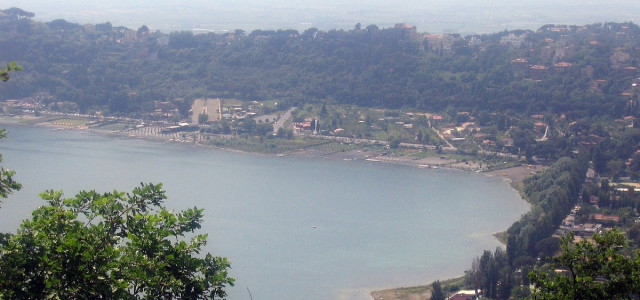Rocca di Papa
Rocca di Papa houses the headquarters of Regional Park of Castelli Romani. Although modern settlement was born only in Middle Ages, the territory had already been inhabited since the first millennium BC, Monte Cavo was in fact ancient Mons Albanus sacred to Latins, on whose peak stood Temple of Jupiter Laziale. Between the nineteenth and twentieth centuries the city hosted world cinema and culture figures; in the past it was also a travel destination for writers such as Johann Wolfgang von Goethe and Hans Christian Andersen. In ncient building of Cologne, now demolished, in the twenties of the twentieth century was installed one of the first European electric lifts. On what was formerly called "La Fortezza" (the refuge of Pope Eugene III) in 1889 Royal Geodynamic Observatory was built, which from 1922 to 1935 hosted the scientific experiments on radio broadcasts by Guglielmo Marconi. Among the monuments and places of interest, Church of Santa Maria Assunta, Church of Santissimo Crocifisso, which houses important works by German artist Theodor Wilhelm Achtermann, Sanctuary of Madonna del Tufo, built around a sacred image painted on the tufa, Church and Convent of Santa Maria ad Nives di Palazzolo, originally a hermitage in the 11th century; among the palaces, in addition to Municipal one, Villa del Cardinale, built in 1629 by the cardinal Girolamo Colonna, Pontifical Fortress and numerous monumental fountains. Among the most ancient archaeological finds found in the territory of Rocca di Papa, some Prehistoric tombs and the remains attributable to legendary Alba Longa. The summit of Monte Cavo, together with the shores of Albano Lake, are an integral part of Castelli Romani Regional Park.



